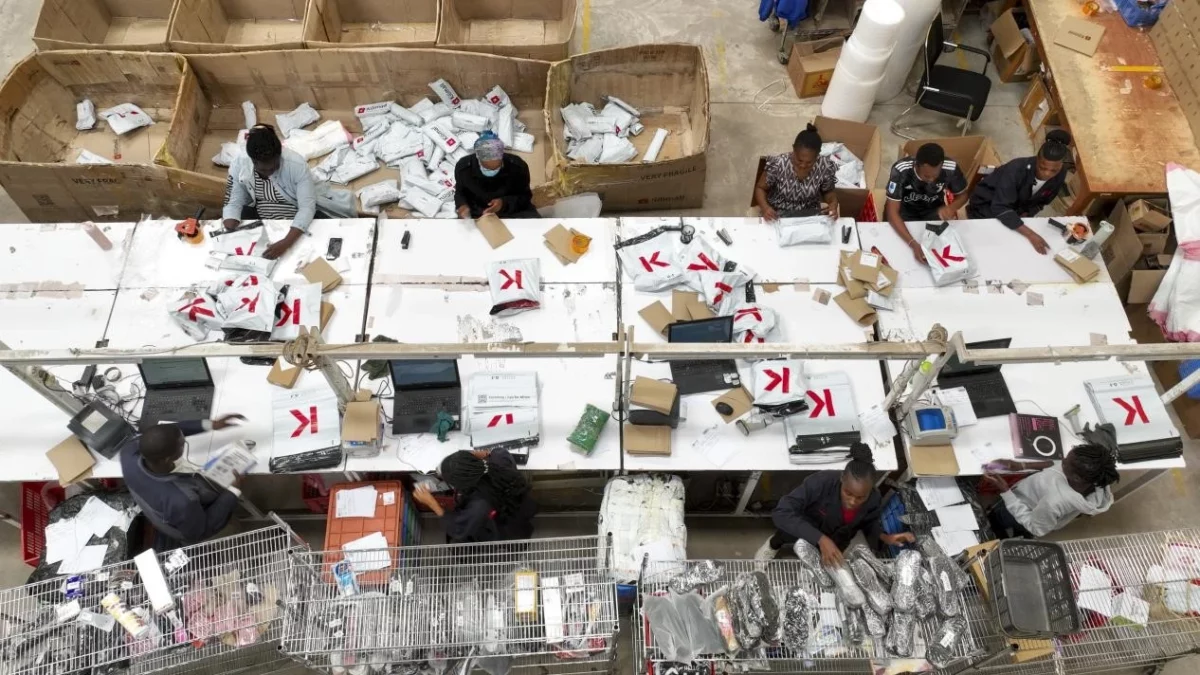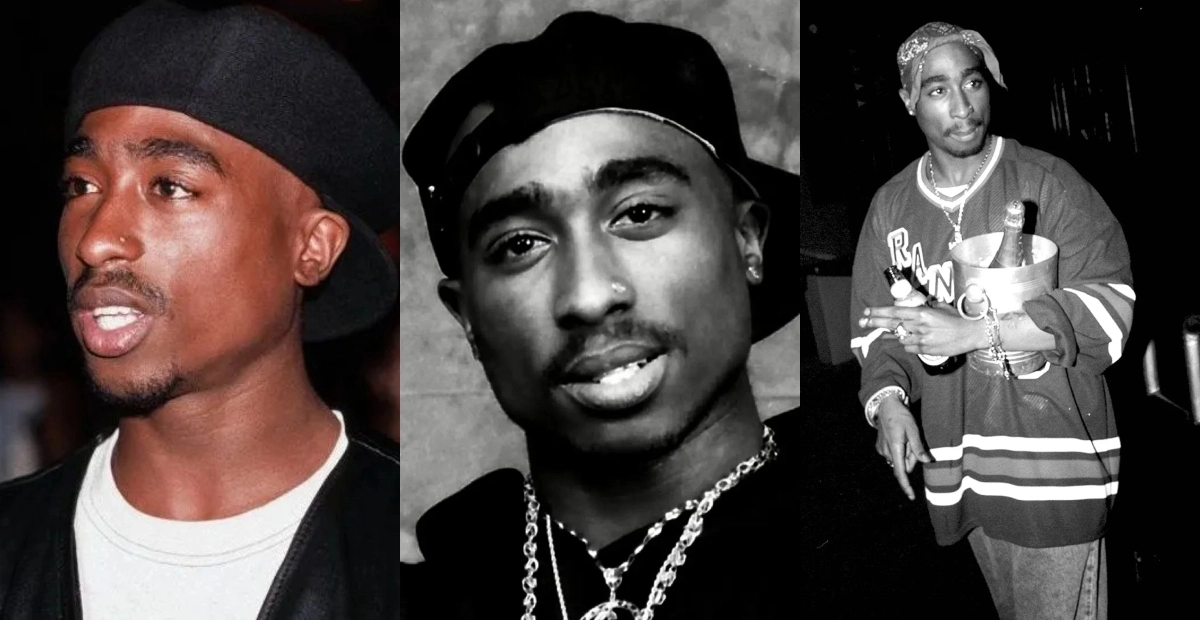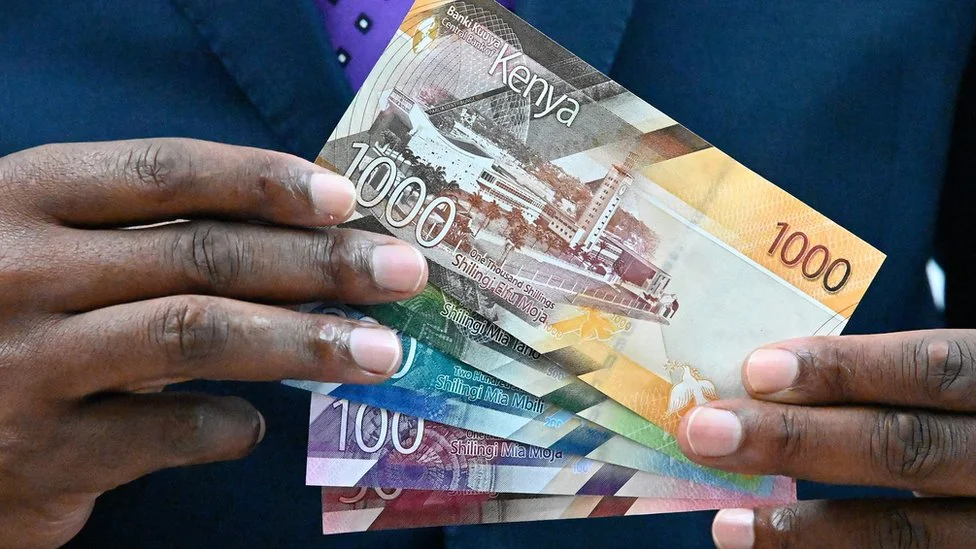James Cameron’s science fiction masterpiece real-life avatars are taking center stage in China’s rapidly advancing technological landscape.
These digital doppelgängers, very similar from their human counterparts, are emerging as a groundbreaking innovation that seamlessly bridges the realms of reality and artificial intelligence.
Meet Elaine – the host of a captivating video that takes us deep into the heart of China’s avatar revolution. This digital twin bears a resemblance to its human counterpart and mirrors even the most refined movements and expressions. The leap in AI capabilities challenges conventional notions of authenticity and raises the question of what’s real and what’s AI-generated.
https://www.youtube.com/hashtag/kechhotline
Before, AI-made images were common, but currently this technology can also make realistic videos and voices. Elaine shows in the video that AI-made stuff can seem really real that it’s hard to tell the difference.
Leading the tech race is SenseTime, a top AI company in China. They use smart computer networks to train on lots of data, creating avatars that look almost human. The process is simple: a short video gives the AI enough info to make a lifelike digital twin.
Nina explains, “We have a big model of thousands of people. That’s how a five-minute video can make a digital avatar.”
This tech is becoming popular for live streaming, where virtual hosts talk to people online. During a recent shopping event, virtual hosts got 4 times more attention than before.
This advanced technology is also be a problem, as avatars get better, people might use them to generate fake videos that look real. China is taking steps to stop this, with rules to make sure AI is used responsibly.
China already has rules about fake videos, and new rules for AI tech started on August 15th. This shows China wants to make sure AI helps, not hurts. Other than the rules that are being put in place, the future looks bright for this technology. Experts think China’s virtual avatar market could be worth almost 40 billion dollars by 2030. This means big things for entertainment, marketing, and other areas.
Subscribe to our Youtube channel Switch TV




























